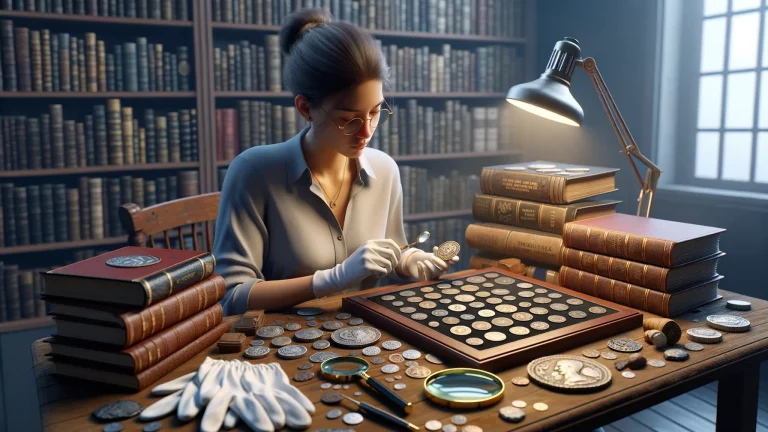Understanding What a Coin Show Is
Step Into a Treasure Trove of History
Imagine walking into a buzzing room filled with centuries of history, all neatly encapsulated in tiny, glimmering discs. That’s what a coin show feels like—a magical blend of a museum, marketplace, and community hub all rolled into one. Whether you’re a seasoned collector or someone who just happens to stumble upon an antique penny in their change, a coin show has something to ignite your curiosity.
At its core, a coin show is an event where dealers, collectors, and enthusiasts gather to buy, sell, trade, and discuss coins, paper money, and other numismatic treasures. But it’s far more than a simple shopping experience. It’s a celebration of history and art—every coin tells a story, whether it’s a Roman denarius minted thousands of years ago or a rare 1909 V.D.B. Lincoln cent cherished by collectors today.
What You’ll Find at a Coin Show
Every corner of the venue brims with potential discoveries. Expect:
- Dealer tables showcasing everything from ancient coins to modern commemoratives.
- Grading services to evaluate your prized possessions on the spot.
- Educational exhibits where you can dive deeper into coins’ fascinating histories.
Beyond that, coin shows are also melting pots of knowledge. Experts share insights, passionate conversations spark over mint marks, and you’ll likely hear someone recount the thrill of finding their first rare coin. It’s not just about coins; it’s about connection and discovery.
Preparing for Your First Coin Show Visit
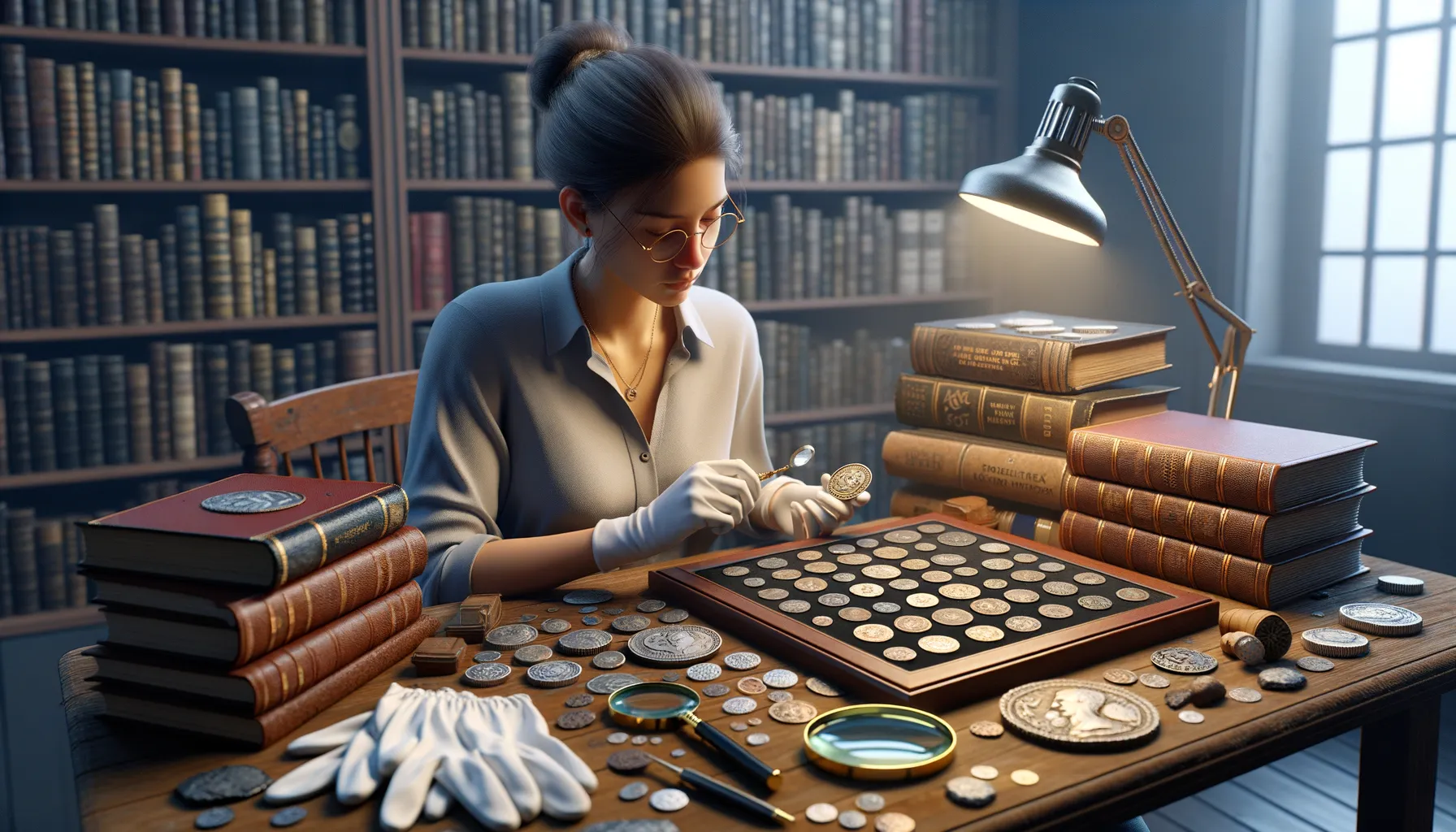
Setting Yourself Up for Success
Walking into your first coin show can feel a bit like stepping onto the bustling floor of a treasure hunt. It’s exciting, yes—but also overwhelming if you’re not prepared. Let’s make sure you show up feeling like a pro, not an outsider.
First things first: pack your essentials! Consider bringing a small notebook or journal to jot down insights, prices, or interesting dealers you meet. A magnifying glass is a must-have tool—it’s your secret weapon for inspecting those intricate details on coins. Oh, and don’t forget cash! Many dealers prefer it over cards, especially for smaller purchases.
Dress comfortably but smartly. Think layers—coin shows can be chilly in the morning, but crowded and warm by midday. Comfortable shoes? Non-negotiable. You’ll likely walk more laps around the venue than you expect.
- Bring a bag (but not a massive backpack)—something light to hold coins while keeping you mobile.
- Print maps or download the event’s mobile app to navigate with ease. Some shows are labyrinthine!
And most importantly? Arrive with curiosity and a smile. Dealers love sharing their expertise, so don’t hesitate to ask questions. You’re not just attending a coin show—you’re starting an adventure in numismatics!
Research Beforehand: Be In-the-Know
Before the big day, take some time to do your homework. Research key exhibitors, note special talks or seminars (yes, many shows have them!), and prioritize what excites you most. It’s like scanning a menu before heading to a restaurant; you’ll avoid decision fatigue and maximize your experience.
If possible, check out the event’s website or social media pages for sneak peeks. Are there notable dealers specializing in that rare Morgan silver dollar you’ve been chasing? Any auctions or trading pits happening? Knowing where to head first can make all the difference.
Lastly, familiarize yourself with basic coin safety. For instance, don’t handle coins barehanded—it’s frowned upon by experts. Bring cotton gloves or at least ask before touching anyone’s prized pieces. Respect goes a long way in building connections with the community.
Navigating the Event and Engaging with Dealers
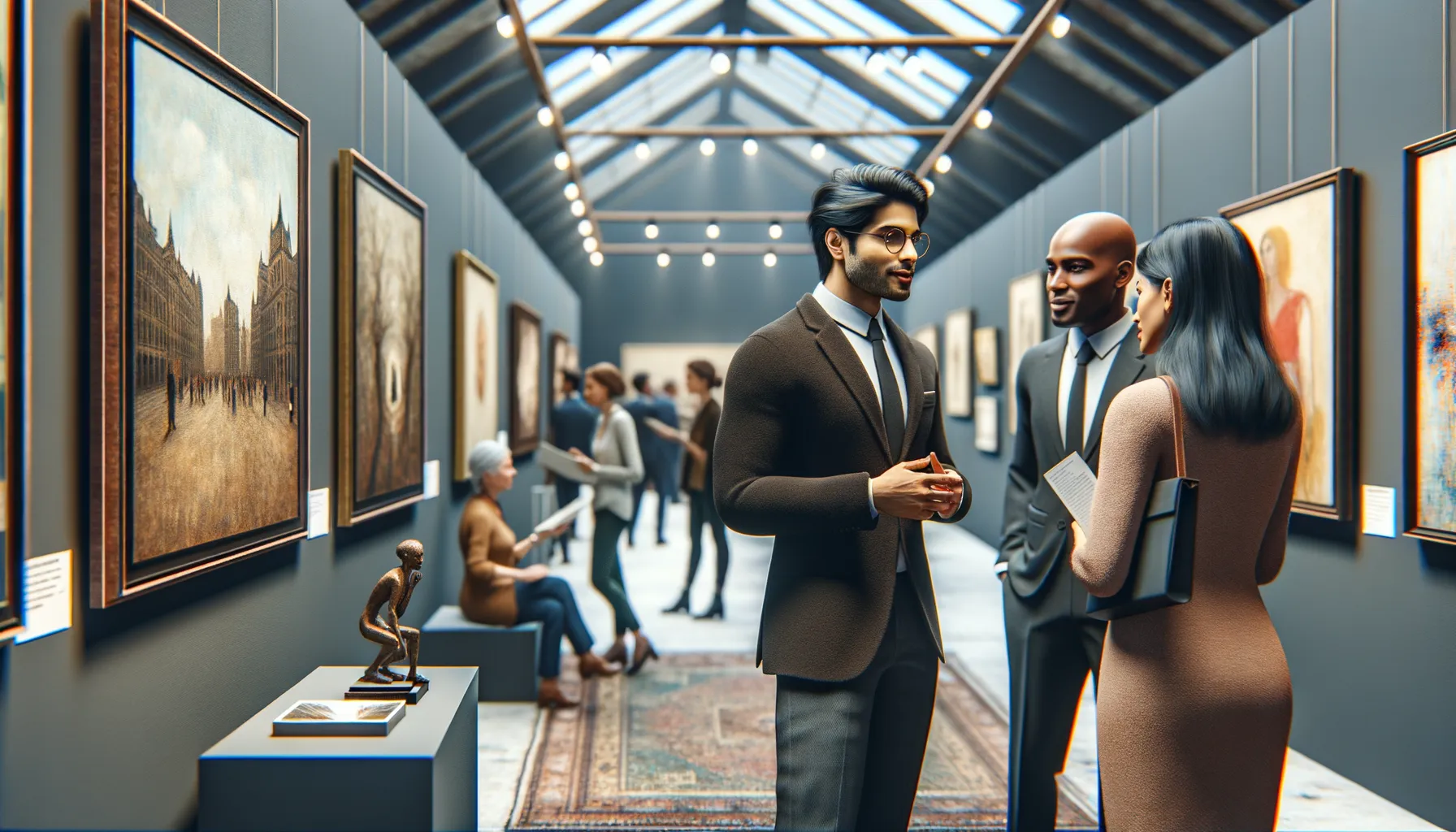
Exploring the Show Floor Like a Pro
Stepping onto the coin show floor can feel like diving into a treasure hunt where every table holds the promise of discovery. The atmosphere buzzes with excitement, and the glint of rare coins catches your eye at every turn. But where should you start? Begin by taking a slow walk around to get your bearings. Scan the aisles, note displays that intrigue you, and don’t hesitate to strike up conversations. A friendly “What’s your favorite piece on display?” can open doors to fascinating stories and expertise.
Many dealers are eager to share the history behind their collections—think of them as walking encyclopedias. Even if you’re not ready to make a purchase, showing genuine interest makes connections. And who knows? You might stumble upon a piece that speaks directly to your collector’s heart.
Engaging Dealers Without Feeling Overwhelmed
Navigating conversations with experienced dealers can feel daunting, but it doesn’t have to be. Here’s a cheat sheet to help:
- Approach with confidence, but don’t rush—show attention to their displays.
- Ask thoughtful questions. For example: “What’s the story behind this coin?” or “How popular is this design among collectors?”
- Be honest about your budget; most dealers respect transparency.
A little courtesy goes a long way. Whether you’re negotiating or simply soaking up knowledge, dealers appreciate engaged visitors who value their craft.
Key Tips for Buying and Selling Coins at Shows
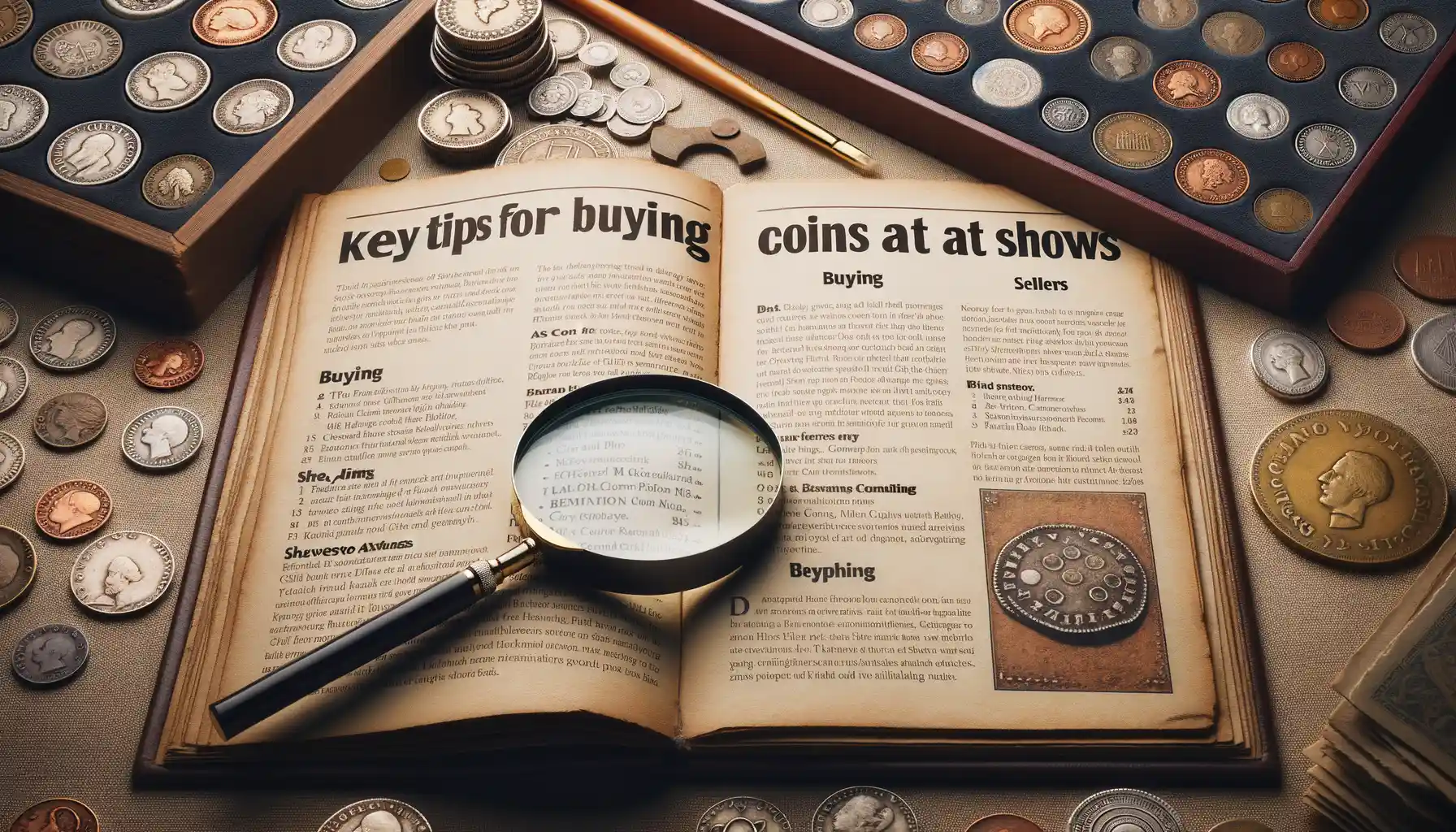
Mastering the Art of Coin Deals
Stepping into a coin show is like diving into a treasure chest—every table is a potential gold mine, but navigating the buying and selling process wisely is critical. Whether you’re chasing a rare 1889 Morgan Dollar or flipping coins for your collection, following these tips will leave both buyer and seller walking away happy.
First, always come prepared. Research market prices ahead of time using resources like the Red Book or online marketplaces. This information arms you against overpaying or undervaluing your coins.
When it comes to negotiations, politeness is crucial. Don’t just blurt out, “What’s your best price?” Build rapport first—remark on the coin’s condition or rarity. Dealers are more likely to work with someone who shows genuine interest.
- Bring cash for better deals—many dealers love the simplicity of cash transactions.
- Inspect coins carefully: lighting at shows can play tricks on your eyes!
- Don’t hesitate to ask about certifications from trusted graders like PCGS or NGC.
Pro Tips for Sellers
Selling coins requires finesse too. Presentation matters, so store coins in neat holders or cases that highlight their appeal. Be transparent about each coin’s condition and history. Trust builds quick connections, especially in a bustling show setting.
And remember, coin shows are as much about relationships as they are about transactions. Networking with collectors and dealers may even land you future opportunities you never saw coming!
Post-Event Steps and Benefits of Attending Coin Shows
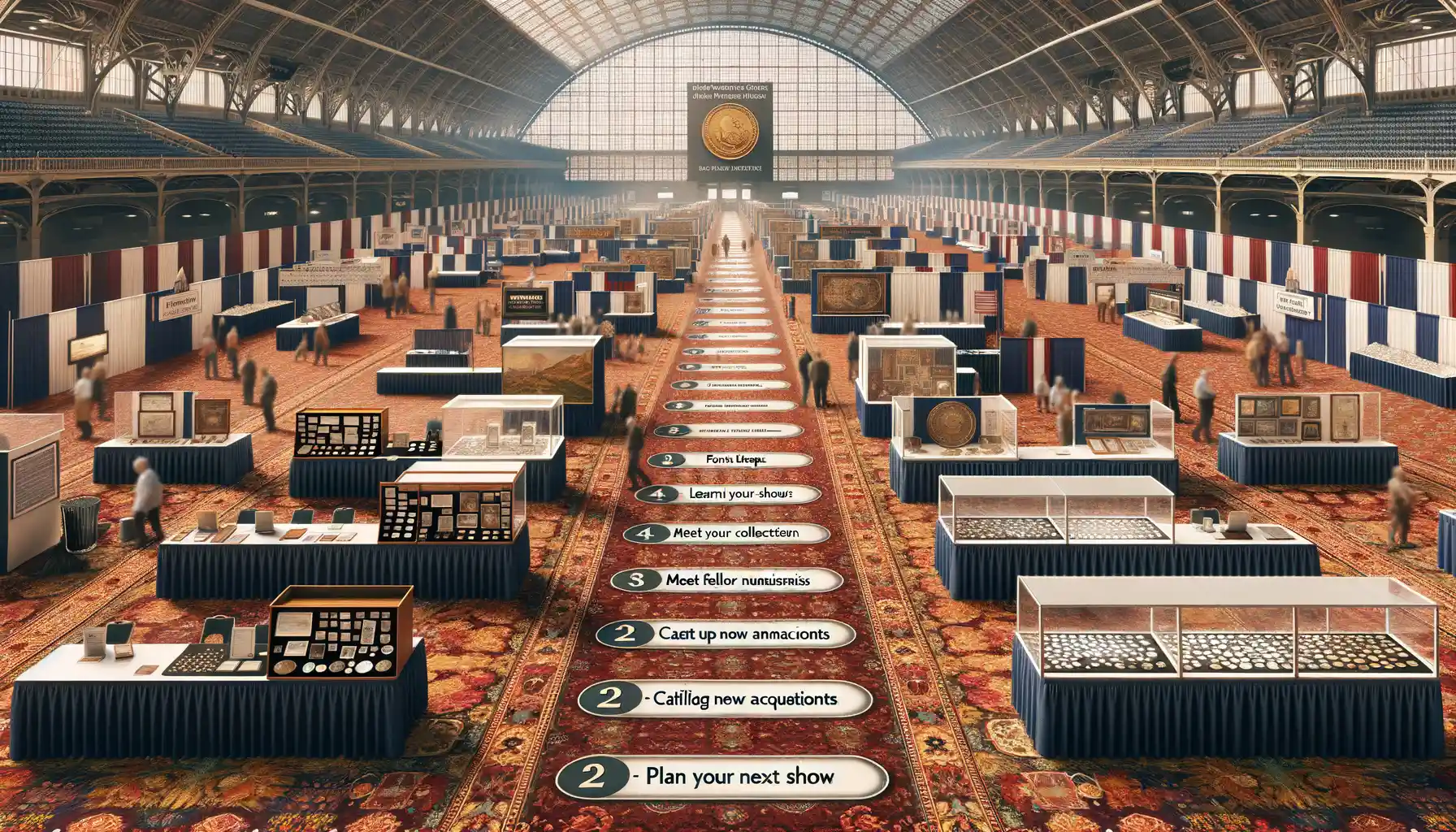
Reliving the Highlights and Organizing Your New Treasures
So, you’ve just returned from a coin show, your bag heavier and your heart lighter. Now what? First, take a moment to bask in the excitement and revisit the day. Lay out your newly acquired coins on the table like delicate artifacts. Each one tells a story—relics of history you personally handpicked. Sort them with care, perhaps by era or style, and consider creating notes about their origins or the dealers who shared fascinating details.
It’s also a good idea to inspect them more closely under proper lighting at home. Make sure you admire, but don’t forget to confirm everything is as advertised—no detail too small! Found something remarkable? Show it off! Snap a quick photo and share it with your collector friends or on social media. After all, passion becomes twice the joy when shared.
The Unexpected Benefits of Your Coin Show Adventure
Attending a coin show isn’t just about expanding your collection—it’s about opening the door to a vibrant community. Some perks you might not have considered:
- Building genuine connections with fellow collectors and dealers who share your enthusiasm.
- Gaining insider knowledge that no book or website can teach—those little tips straight from seasoned pros.
Above all, by attending, you’ve invested in something more than coins—you’ve stoked the fire of exploration, storytelling, and discovery.

